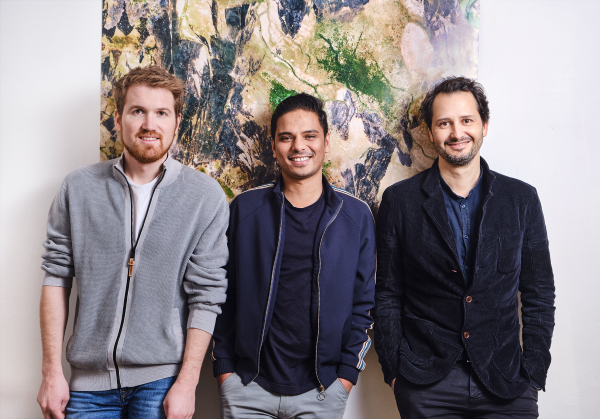Satellite data powers EOMAP's pioneering snow modelling solution
December, 6 / 2024
Satellites and AI in new generation forest management
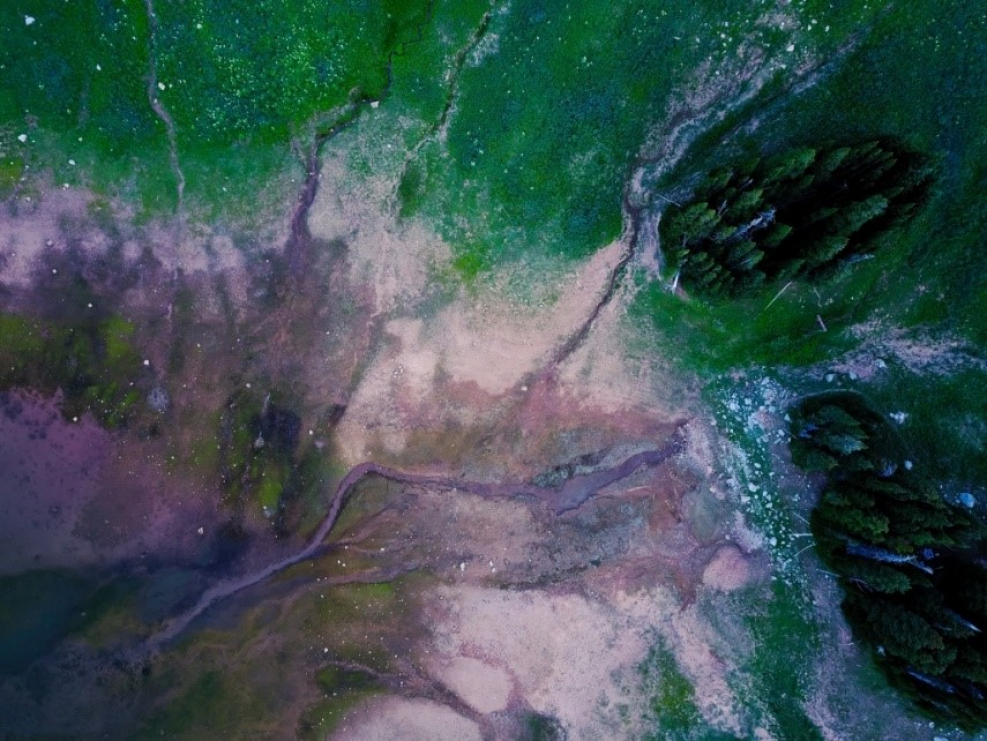
The health of our forests is vital for the environmental and economic health of our planet. An ESA Demonstration Project has enabled sophisticated development of a forest analysis tool based on satellite data and self-learning AI, to support landowners in their duty to improve the health of Earth’s forests.
According to the World Wildlife Fund, forests are vital to life on Earth. They purify the air, filter the water we drink, and prevent erosion. Forests offer a home to a diverse array of plant and animal life. They also provide timber, food, and medicinal plants. But the world’s forests are under threat from illegal and irresponsible logging, poor management, extreme weather, and climate change.
Keeping track of forest health is challenging due to the size and inaccessibility of the landscapes. Traditional monitoring methods, based on field measurements and laser scanning, can be slow; by the time a forest owner can identify concerning data, it is mostly out-of-date.
New goals, new data
Today’s landowners are increasingly interested in more than just the economic profit that can be generated from the forests in their care. Nurturing biodiversity, provision of clean water and protecting the beauty of landscapes are all high on the agenda. Carbon storage is also a priority because forests are a key buffer against climate change.
To achieve all these goals requires new kinds of information, rapidly and regularly delivered. That’s where EnviNavigator comes in – a forest analysis tool combining traditional measures with AI and satellite data to provide information like never before.
Self-learning for greater accuracy
At the core of the EnviNavigator system – developed by Finnish company Bitcomp – is a self-learning AI engine, which helps to achieve what previous calculation methods could not.
The engine trawls satellite images for changes to the forest canopy. When it finds an area of change it assigns a likely cause – say, storm damage. The algorithm then cross-checks against other inputs, such as user feedback and field observations. If these back-up the engine’s deduction – e.g. the forester inputs that the area has, indeed, been damaged in a storm – it learns that the same observations in other locations are also likely to indicate storm damage. However, if the deduction is not backed up by other sources, the engine will learn this is a less likely conclusion from the signals.
Transparency and communication
High quality insights are only useful if they rapidly reach the people who can make change. A key part of the EnviNavigator project was to integrate the service into applications used by foresters and forest owners, so that information can be easily accessed.
Through these applications, EnviNavigator automatically alerts sites that need attention. Both foresters and forest owners can have access to the data, enabling greater transparency, agency and understanding of the forest health in both parties.
Sanna Härkönen, the R&D Director of Bitcomp Oy, said: “We do not analyse satellite data and develop artificial intelligence algorithms because it is trendy. We develop services that concretely make forest professionals’ work easier and forest owners’ services better. The EnviNavigator project is not only about satellite data but also about enabling its advantages in field work.”
Project development

EnviNavigator began as a forest change detection service in 2019, analysing physical changes in the environment. The Finnish Forest Centre began using Bitcomp’s service for real-time monitoring of illegal thinning and felling.
Further development of the algorithm was possible with support from an ESA Demonstration Project. Some of the variables added include storm and insect damage, and the system is now able to provide better carbon storage estimations as well as predictions of future forest health based on detection of health risk status.
“The EnviNavigator service is a great example of digital transformation arriving in forestry and using satellite Earth observation data to visualise forest management needs and in this way empowering and involving forest owners directly,” said Volker Schumacher, Business Applications Engineer at ESA.
In Finland, the EnviNavigator AI now covers the whole country. It is set to be made available for all Finnish forest owner associations and their customers through the platform LeafPoint, thanks to a contract with the head organisation of forest owner associations (MHYP).
In Germany, EnviNavigator so far covers the whole country for change detection and vitality mapping services, with deeper insights planned. Here, it will be available as part of the Woodsapp.de solution.
The satellite-enabled emergency response system that could make a life-saving difference
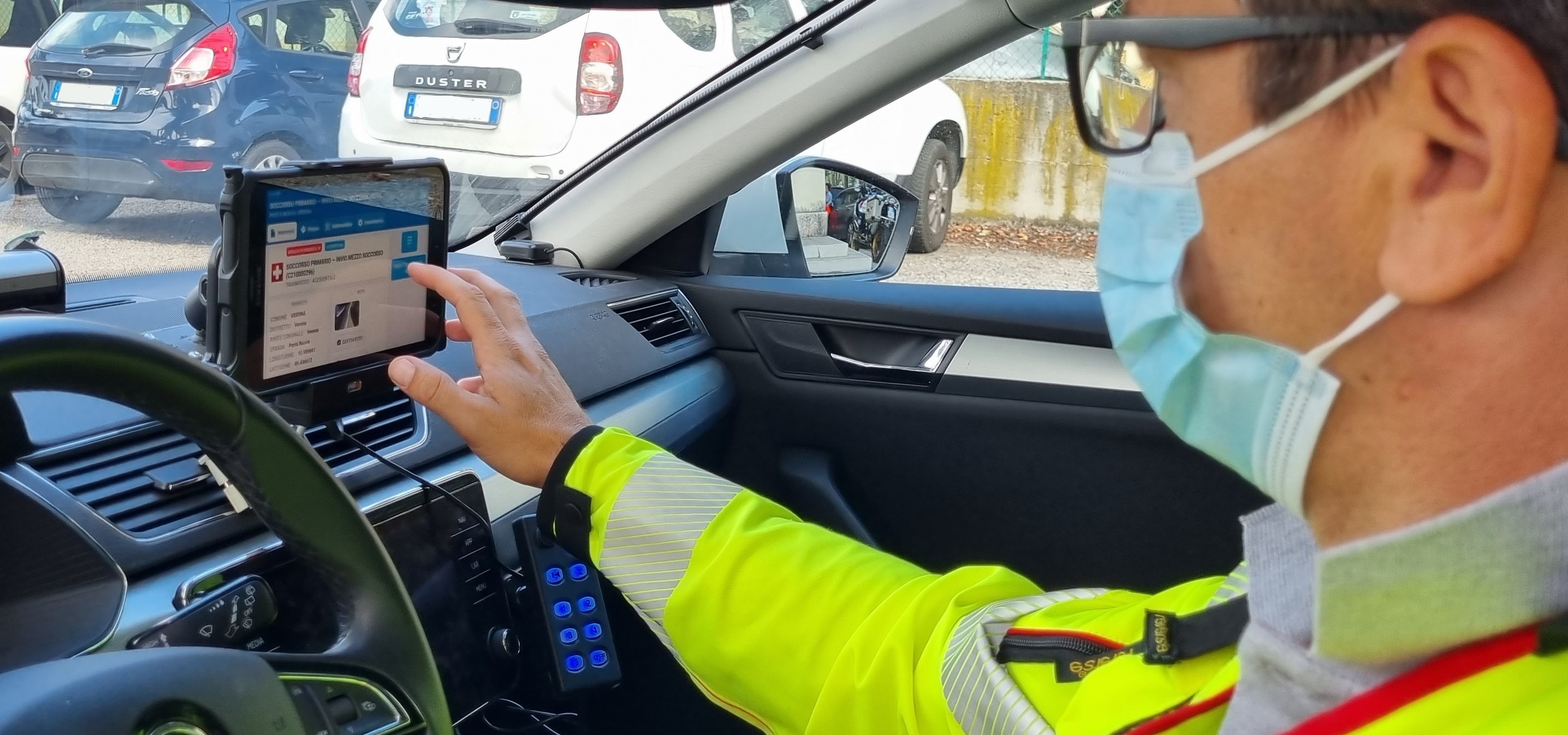
The COVID-19 pandemic has challenged ambulance services like never before. First RESPonse was created to help professionals respond to emergency calls more rapidly through enhanced technology. With support by ESA Space Solutions, the system developed in a Demonstration Project streamlined communication and information sharing throughout the chain of response and reduced call-to-hospital times for patients by up to 17%.
During the worst months of the COVID-19 pandemic, emergency call centres experienced extremely high rates of urgent medical calls. Coordination of the ambulance response was challenging and made more complex by the changing landscape of medical resources; hospitals were filling up, and temporary emergency facilities were opening.
The First RESPonse (First Rapid Emergency System against Pandemic) project launched in Italy in July 2020, with the aim to improve coordination of the entire process of a medical emergency request: from a patient’s distress call to the point of hospitalisation.
The project brought together two major players in European emergency service software and telecommunications: GINA Software and Beta 80. Forming a new consortium, the companies achieved complete integration of their products and – supported by ESA – incorporated space technology for enhanced geolocation accuracy and communication coverage.
Digital links for a faster chain
First RESPonse digitally connects each link in the emergency chain of response. It begins with an app on a citizen’s smartphone, through which they can call for help, see when help has been dispatched and when it is due to arrive. Ambulance dispatchers in the call centre have a constant digital connection to their crews via a workstation. They can keep them updated on the scene and patient’s condition, and the status of the nearest hospital facilities. First responders have a tablet through which they receive up-to-date information about the patient, automatic SatNav to their location and can video consult with a doctor from the field. They can also scan the patient’s ID card so that receiving hospitals know who is coming in, as well as seeing when they are expected.
The system was piloted by selected ambulance services in Italy and the Czech Republic and used in almost 9,000 incidents. In this pilot project, First RESPonse accelerated the pre-hospital chain by between 12 and 17%.
Arnaud Runge, Medical Engineer at ESA said: “In a medical emergency every minute counts. Cutting the time it takes an ambulance to reach a critically ill patient, and to get them to hospital, can make a life-saving difference. We’re proud to have enhanced First RESPonse with space technology.”
From pandemic to systemic
Following the successful completion of the pilot, First RESPonse is being promoted to emergency services more widely in Italy and the Czech Republic – where GINA and Beta 80 have most of their customers – and beyond.
The system has been gaining interest at the major international events for emergency services: the European Emergency Number Association Conference and INTERSCHUTZ 2022.
Martin Ingr from GINA said: “The products and services that were created during the project are aimed to remain sustainable also after the pandemic is overcome. Our goal is that the problems solved through the First RESPonse project become part of the standard operation procedure. The system can be used again against this or other pandemics, during the response to disasters such as earthquakes, as well as improving daily operations of emergency services.”
ESA-backed project supports oil and gas safety by keeping an eye on the ground
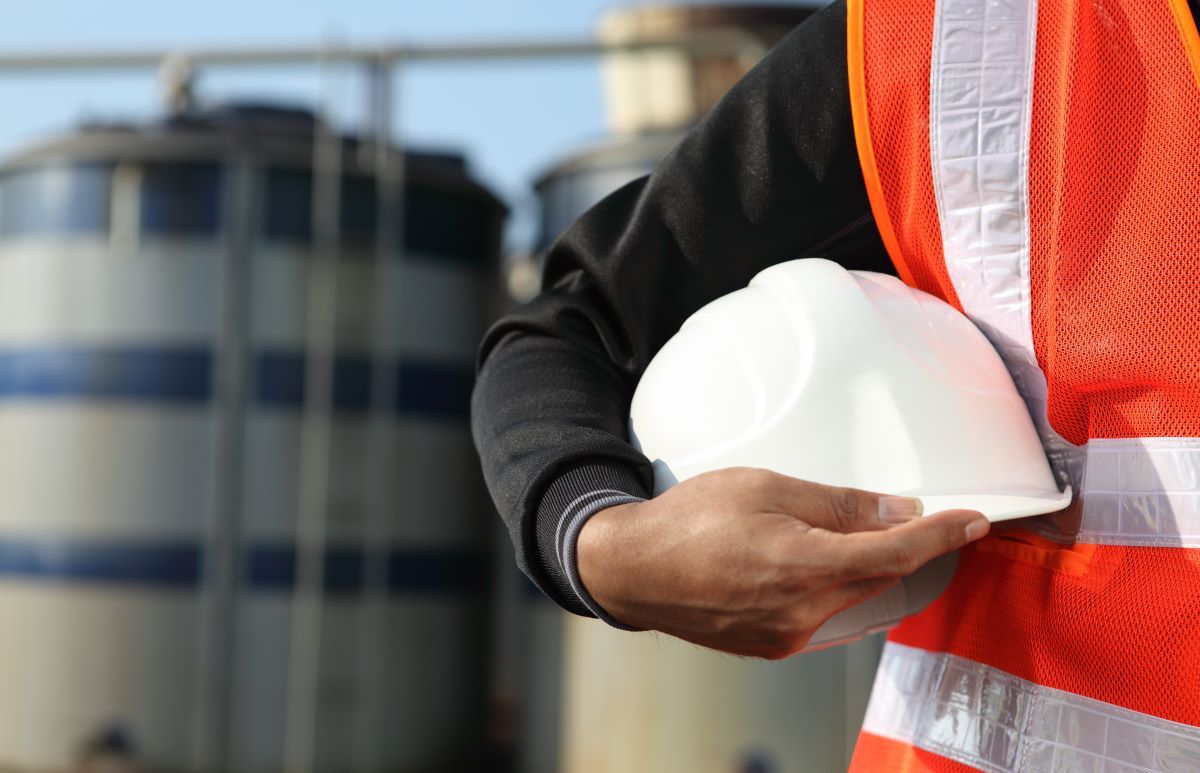
Supported by an ESA Kick-Start activity, LiveEO has developed a satellite data-based service to monitor ground deformation. The project will support environmental and operational safety across the supply chain for the oil and gas industry, from production to distribution and storage.
Oil and gas supplies are dependent on multiple factors, including the stability of the ground wherever oil or gas is being stored or transported. In March 2021, LiveEO started assessment and development of an end-to-end solution for monitoring ground deformation for the entire value chain of the industry, based on interferometric synthetic aperture radar (InSAR) satellite data combined with artificial intelligence (AI). The aim was to help the industry ensure safety across its assets by providing an early warning system that could inform maintenance or safety actions.
Providing actionable insights
Founded in 2017, LiveEO has a background in using Earth observation (EO) data to provide a range of services to operators of large-scale infrastructure, such as railways, electricity grids and pipelines. It combines data analysis with risk analysis to create actionable insights on aspects such as vegetation management, detection of construction activity and ground deformation monitoring — all of which present challenges for reasons that include climate change and environmental factors.
With this Kick-Start activity, co-funded by ESA, LiveEO’s team used its experience in servicing pipeline customers to explore the feasibility of a holistic, end-to-end solution for ground deformation monitoring. The investigation included risk models that quantify the risk to specific assets resulting from ground deformation and how the insights could be delivered to customers and integrated into their processes to create automatic triggers.
The LiveEO team analysed the opportunities through surveys of more than 50 companies and countries, including existing clients in the pipeline industry, as well as researching the broader landscape. Initial data came from Sentinel-1 synthetic aperture radar (SAR) imagery, which will be enriched by higher resolution StripMap and SpotLight SAR imagery from Capella Space or ICEYE satellites to investigate any anomalies that have been detected.
Sven Przywarra, the Co-CEO and co-founder of LiveEO said: “The Kick-Start activity enabled LiveEO to validate a business case in a unique setting, and also created an environment that allowed our business development team to take the right steps from a business idea to product development. The combination of guidance, support and clear goal setting from ESA was greatly appreciated, because it gave us the entrepreneurial freedom necessary for the exploration of new ideas paired with acquiring a depth of knowledge similar to a classic research project."
The increasing need for ground deformation insights
The requirement for such insights results from an increasing number of oil wells, pipelines, storage facilities and other oil and gas related infrastructure exceeding their original lifespans. This is leading to more complex maintenance for operators and increased risks that impact both the industry itself and the surrounding environment and communities. One of the major sources of risk is ground deformation due to industrial operations or natural seismic activity. Where infrastructure and assets span large areas, these risks can be very difficult to measure and dangerous trends can go undetected.
Traditional monitoring methods, such as land surveying or sensors and drones, can only give a partial picture. Satellites enable monitoring of deformation trends across entire countries with weekly update intervals — something that would be prohibitively expensive or even impossible via other means. InSAR data delivers deformation values at individual pixel levels, allowing the identification of trends over long periods of time; this can be supplemented with historical data.
The company is currently developing the AI side of the project, with the aim of completing development by the end of 2022. The plan is then to undertake a demonstration project and have a marketable subscription service ready by the end of the following year.
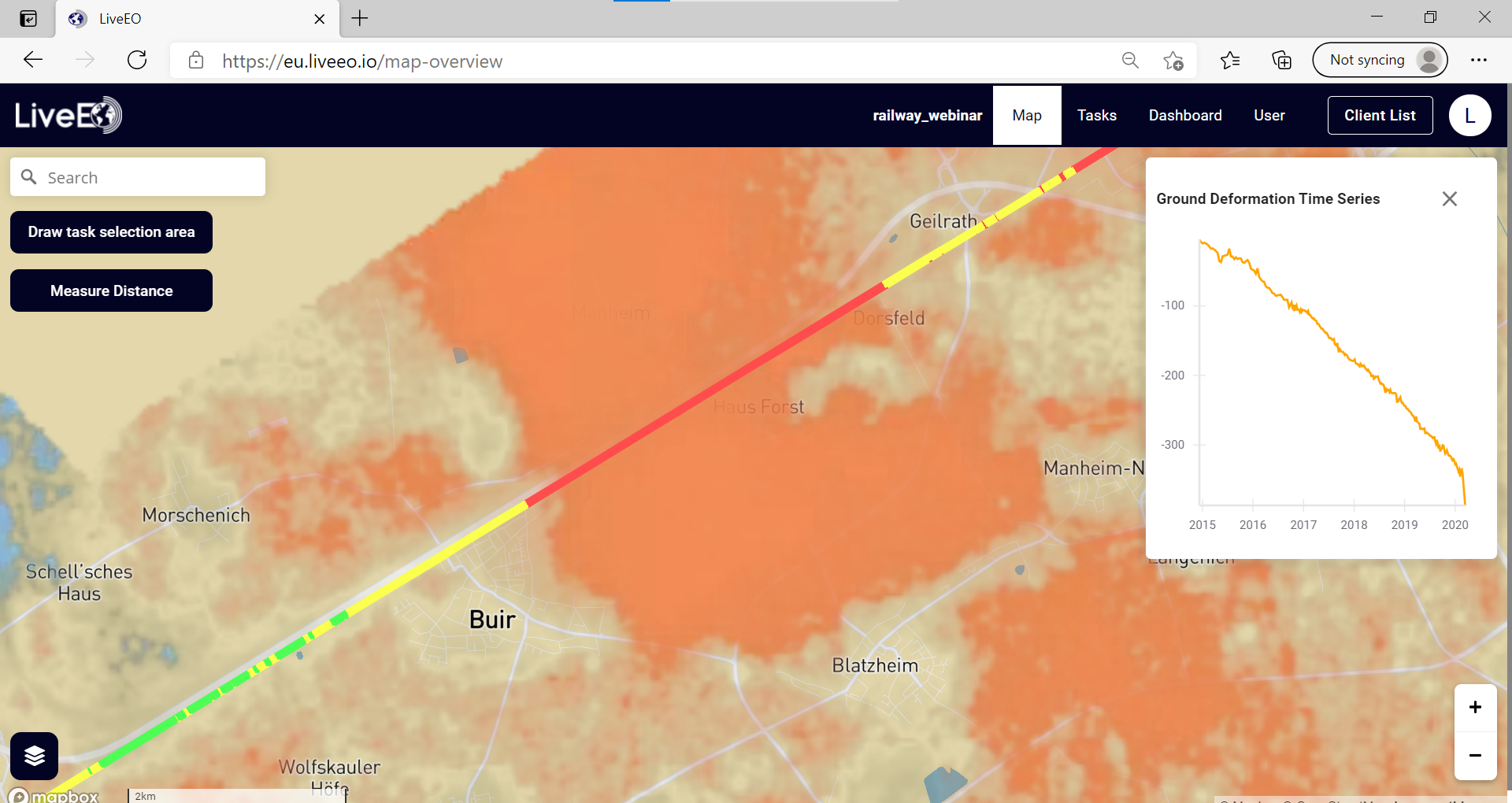
ESA spurs investment in space entrepreneurs
Germany
April, 25 / 2024





